By: Ammar Vahanvaty
Not many people can relate to the experience Marine Biologist Roger Hanlon had when he came upon a seemingly innocuous piece of kelp in the shallows of the Caribbean. At first glance, an ordinary piece of underwater flora. But as he approached something incredible happened; a piece of the kelp suddenly turned stark white and the next few moments found Roger Hanlon blasted with a face-full of ink. He had encountered an octopus, so well camouflaged as to be mistaken for kelp. The offending octopus shot off into the distance only to settle next to another patch of ocean floor and change colours again to match its new surroundings. This event both awed and intrigued Hanlon, who, to this day, is exploring the magnificent abilities octopi and its cephalopod cousins share; the ability to camouflage.
What is camouflage?
Camouflage is the ability of an individual to blend into its surroundings. The most notable example of this technique in nature is the chameleon, who, in addition to its bulbous eyes and whip-like tongue, is famous for its ability to change its skin color to match the background. But even though the name chameleon is almost synonymous with camouflage in the public eye, they are not the masters of this ability. That honor falls to the cephalopod family, whose members include the squid, octopus and cuttlefish. These animals trump the camouflage ability of chameleons by not only shifting colour much quicker and with more accuracy, but by also adopting the texture of the object they are mimicking. This is what intrigued Hanlon the most as he began his research into these animals.
How does octopus camouflage work?
The mechanics are simple enough, at the microscopic level, animals harbour pigment cells called chromatophores, which lead to the variety of colour hues displayed by reptiles and fish, and the skin colour of humans etc. For the most part, these chromataphores are autonomic, and cannot be altered once set. But it appears cephalopods have control of each pigment cell in their bodies, and can alter the composition of the pigments at any moment to effect widespread and large colour changes throughout the animal. That part is fairly well understood, but less understood is the octopus and cuttlefishes’ ability to alter the pattern of their skin.
Hanlon and his team have identified three main forms of pattern generation for a cephalopod: uniform, mottled and disruptive. The bumps that allow an octopus to mimic the texture of the object they are up against appears to be formed by raising the papillae of the skin, much like controllable goose bumps. How exactly this process is achieved remains to be found.
The most vexing question though, is how does an octopus know what it is mimicking. Studies have shown that cephalopods are effectively colourblind, but they do not recognize the object’s colour through touch. So how do they do it? This is the question Hanlon is devoted to finding out, since better understanding of this phenomenon could pave the way for advances in other fields. Who knows, an ‘invisibility cloak’ might not be so far off in our future.
For further reading into cephalopod coloration, Hanlon has created a nice primer to get started.



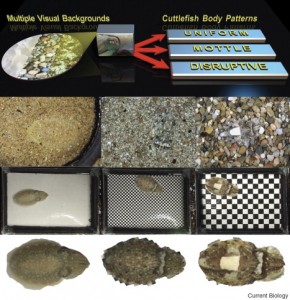
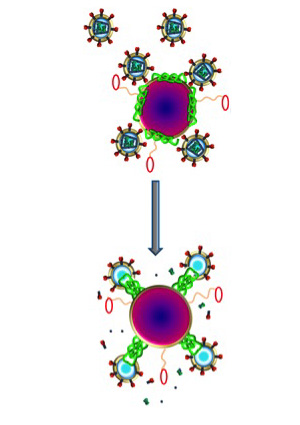






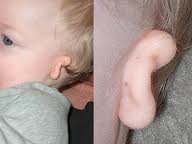




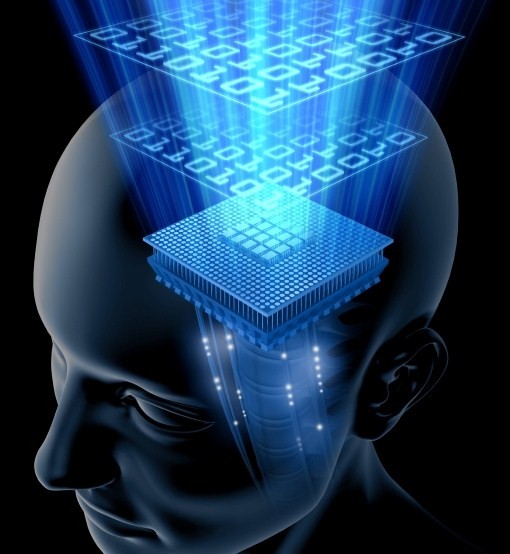



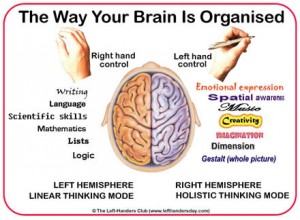


.jpg)